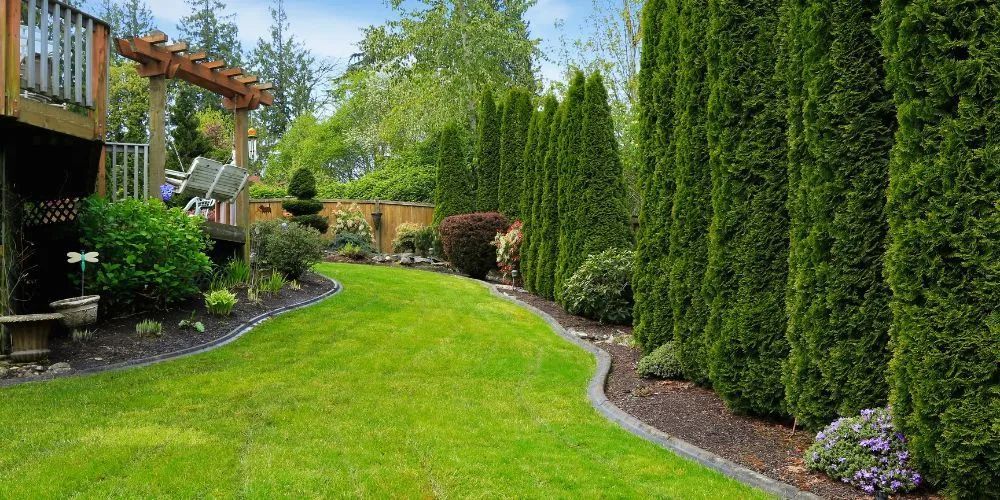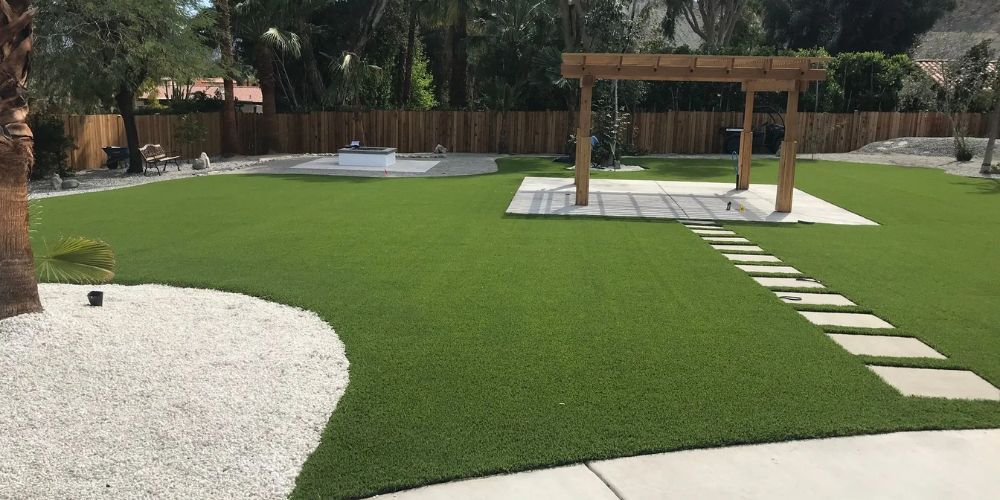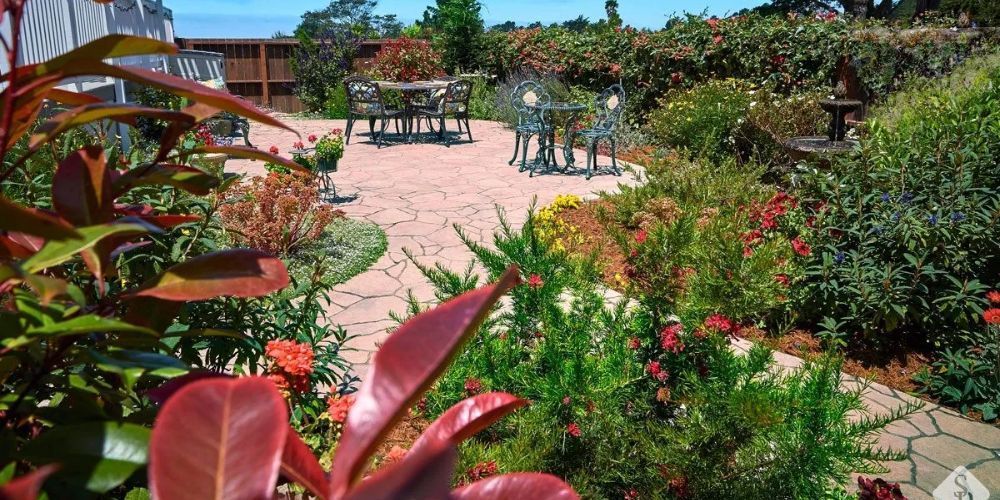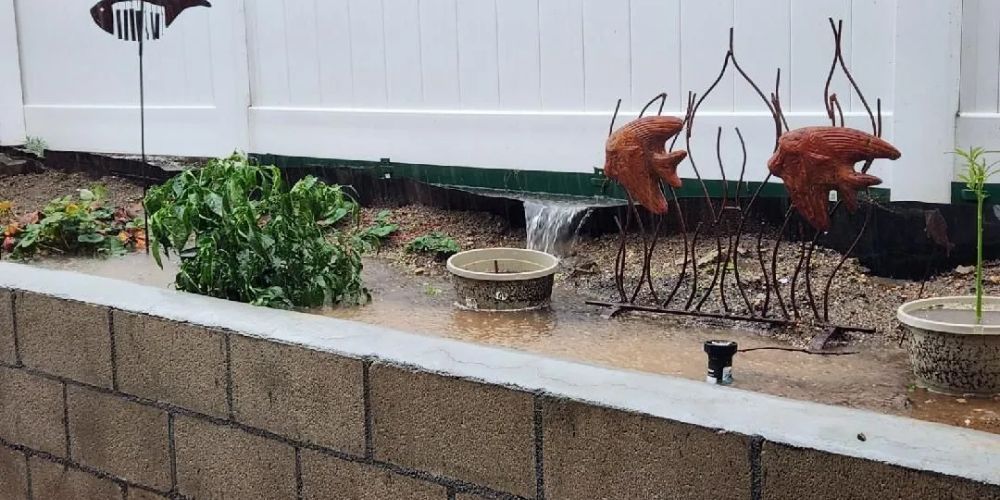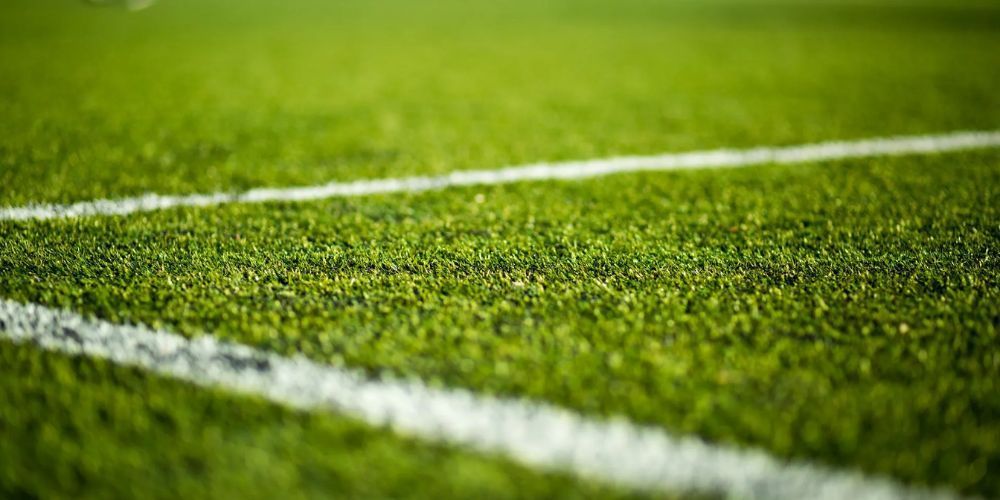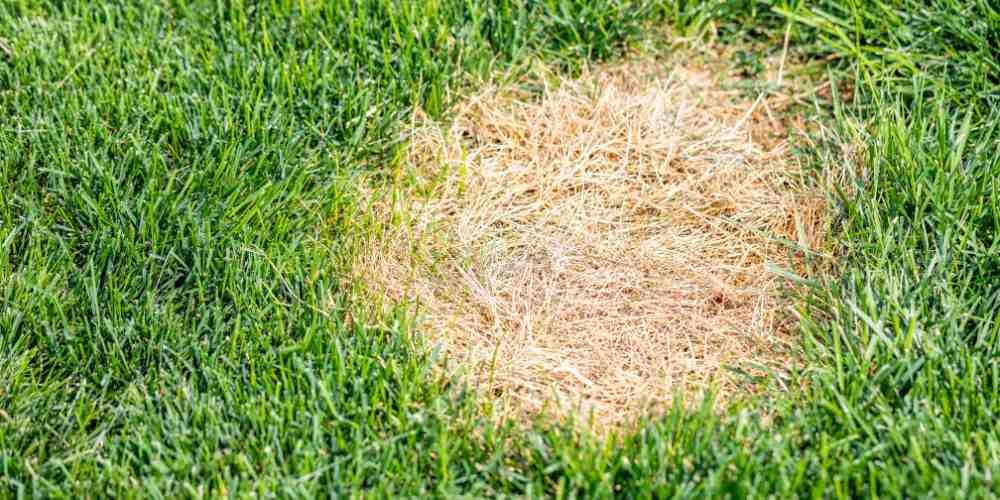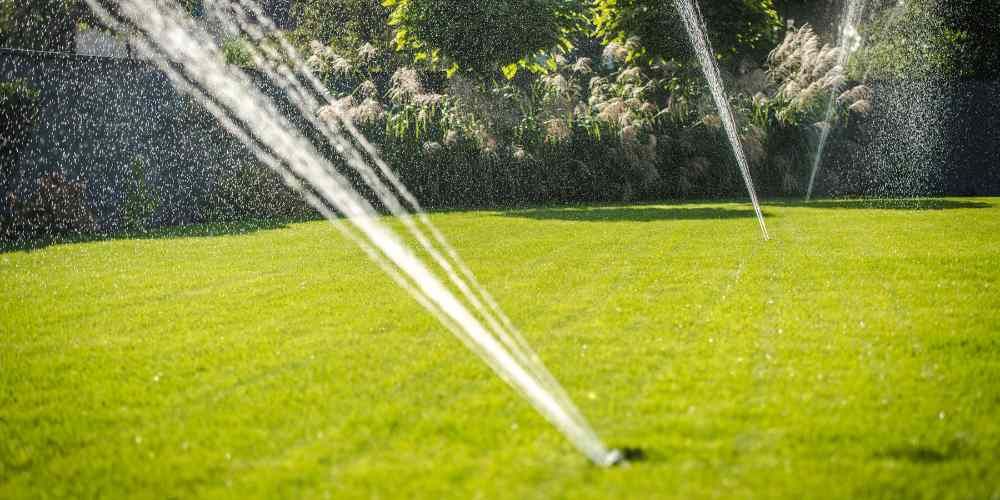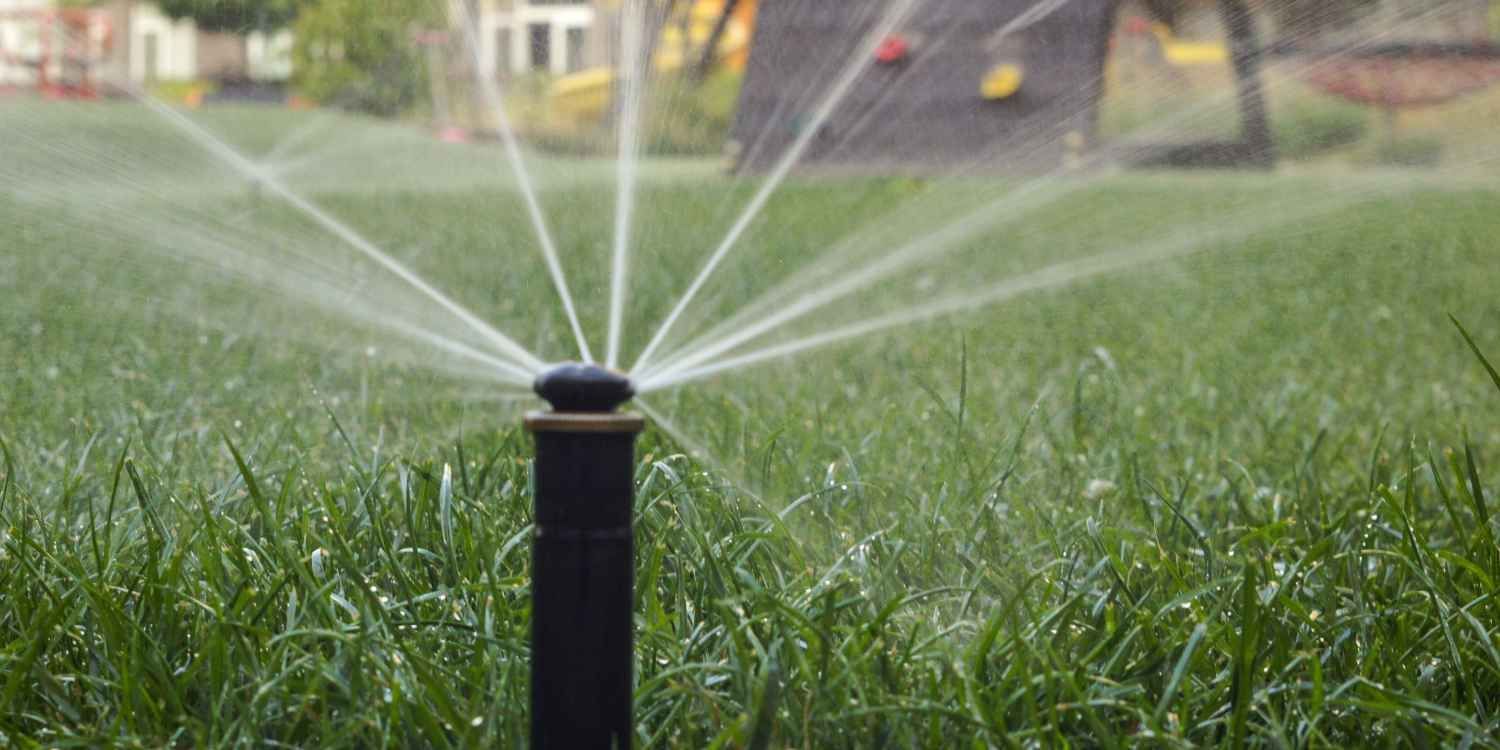Why Is My Grass Turning Yellow? Common Causes and Fixes
A healthy, green lawn adds life to your outdoor space, but when your grass starts turning yellow, it’s a sign that something isn’t right. Yellow patches in the lawn not only reduce curb appeal but can also indicate problems like overwatering, nutrient imbalance, or poor drainage. Knowing why lawn discoloration happens is the first step toward restoring its natural color and strength.
Top Reasons Your Grass Turns Yellow
Overwatering Grass
Too much water can suffocate grass roots, leading to pale or yellow blades. When soil stays soaked for too long, it limits oxygen flow and encourages fungal diseases.
Follow a proper watering schedule and make sure your soil drains well. If you notice puddles that don’t dry quickly, you may need professional help to fix yard drainage issues. Good drainage keeps water moving away from roots, helping your lawn stay healthy and vibrant.
Fertilizer Burn
Applying too much fertilizer or using it unevenly can cause “fertilizer burn,” where salts build up and pull moisture from the roots. This results in dry, yellow patches across your lawn.
To avoid it, use fertilizers in moderation and always water the grass afterward. Choose organic or slow-release options to keep nutrients balanced. You can also look into affordable landscaping materials that support healthy soil and lawn care without relying on harsh chemicals.
Seasonal Lawn Care Issues
Each season impacts your lawn differently. During spring, leftover winter debris can block sunlight and air. Summer heat often causes dryness and stress, while fall brings compacted soil from foot traffic. In winter, frost and mold can damage grass roots.
Maintaining a consistent seasonal lawn care calendar helps you plan the right treatments at the right time. Regular mowing, aeration, and balanced fertilization throughout the year prevent yellow patches and promote stronger root growth.
Soil Compaction or Drainage Problems
When soil becomes compacted, roots struggle to absorb water and nutrients. The result is thin, yellowing grass that fails to recover even with watering. Poor drainage has similar effects, leaving roots waterlogged and deprived of oxygen.
To address this, schedule soil aeration at least once a year to loosen the ground. If you notice frequent pooling, you may need to improve your property’s drainage for long-term lawn health. Proper drainage keeps the soil breathable and prevents water from sitting at the surface.
Pests and Diseases
Pests such as grubs or chinch bugs feed on the grass, while fungi like dollar spot or rust disease create yellow circles across your lawn. Both problems can spread quickly if untreated.
If you see brown spots or thinning areas, inspect the soil for insect activity or signs of fungus. Keeping your lawn well-aerated and not overwatered reduces the chance of these issues. Early detection and targeted treatment can restore the grass before the damage becomes severe.
How to Fix Yellow Grass
Once you identify the cause, restoring green color becomes much easier. The following steps can help bring your lawn back to life.
Correct Watering Practices
Water deeply but infrequently to encourage deep root growth—about one inch of water per week is ideal. Early morning watering prevents evaporation and disease. For larger yards, consider upgrading with irrigation installation services to ensure even coverage and efficient use of water.
Fertilizer and Nutrition Tips
Use the right fertilizer blend for your grass type and soil condition. Apply it evenly and avoid fertilizing during high heat or drought. A professional landscape maintenance service can test your soil and create a balanced nutrition plan tailored to your property.
Soil Aeration and Drainage Fixes
Aerate compacted areas once or twice a year to open the soil and improve nutrient flow. If drainage remains an issue, consider yard drainage installation to protect your landscape from standing water and root rot.
Seasonal Lawn Treatments
Adjust your lawn care routine for each season. In spring, clean up debris and fertilize lightly. In summer, maintain regular watering and limit foot traffic. Fall is the best time for aeration, while winter requires minimal disturbance. You can also review summer lawn care tips to keep your turf healthy during hot months.
Preventing Yellow Grass in the Future
Consistency is the secret to a long-lasting green lawn. Stick to sustainable lawn care practices with proper watering, balanced fertilization, and regular aeration. Keep an eye on common lawn issues to catch small problems before they grow.
Making seasonal adjustments and maintaining good soil health will keep your yard strong, resilient, and naturally green.
Conclusion
Yellow grass doesn’t mean your lawn is ruined. Most discoloration issues come down to simple fixes like adjusting watering habits, improving drainage, or correcting nutrient levels. With proper lawn care tips and consistent attention, your yard can stay green, healthy, and inviting year-round.
